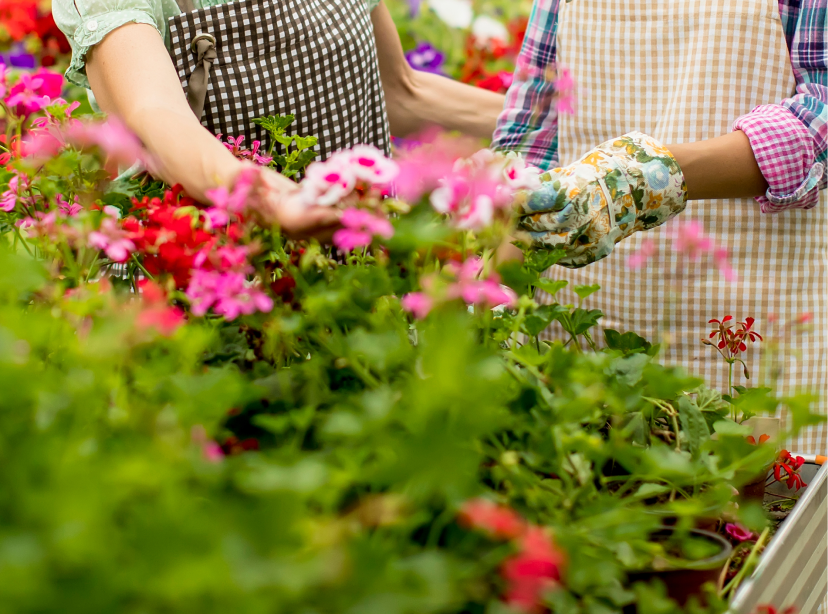Pruning is important for healthy roses! Here are 10 tips to make your roses bloom beautifully this season:
1. Understand why you prune roses
Pruning helps roses grow new branches, opens up the center for air, and removes old parts. If you've never pruned roses before, don't worry! Learning the right way can make your pruning successful.

2. Identify your rose type before pruning
Know your rose type and how it blooms. Check the tag on the rose stem or notice when it blooms to figure out when to prune.

3. Know when to prune your roses
The best time to prune repeat bloomers such as hybrid tea, grandiflora, floribunda, and polyantha is just before the leaf buds begin to burst, in late winter or early spring.
Single bloomers such as antique roses and shrub roses should be pruned after they finish blooming in late spring or summer.

4. Get your tools ready
It’s always helpful to be prepared before starting your pruning job. Get your tools ready by sharpening, cleaning, and disinfecting them as necessary. You’ll need bypass pruning shears, gloves, and a bin for clippings.

5. Use right pruner
Use sharp pruning shears for clean cuts. Bypass pruners are a better choice than anvil pruners, which can squash and damage rose branches.

6. Decide what to prune
As a general rule, you should prune out all canes thinner than a pencil in diameter on hybrid teas, shrub roses, and climbers.
Clean debris such as grass and leaves away from the plant since they can harbor insects and diseases.
Prune to shape and remove dead wood, and worn out, weak, spent canes. Typically, new growth about the diameter of your thumb in size makes the best canes.
Remember that if the branch is about 1.5 inches or larger, it’s best to remove it. Open the bush up by removing branches that cross through the center. Cut off thin canes and branches that rub against each other. Only keep the green healthy canes.

7. Cut in the right place
Pruning cuts must always be made just above a bud eye. The "bud eye" is the area on the stem where branching occurs. It's easy to figure out where to prune in the summer since you just need to cut right above a set of mature leaves.
It can be more challenging to locate the bud eye on dormant or older canes, but you should find it just above the crescent-shaped leaf scars along the stem.
Remember to always prune to a healthy bud. Make sure to cut just above the bud, not too close or too far away. If you cut too closely, the bud can be damaged, but if you cut too far away, you can have die back and possible disease.

8. Know how to make the proper pruning cut
Make a 45-degree slanted cut just above an outward-facing bud eye. The cut should always slant away from the bud. This will ensure that the new growth is directed away from the center of the plant. A slanted cut also prevents water accumulation and helps expediate healing.

9. Deadhead daily
Removing faded flowers before they develop seed helps your roses grow better and bloom more regularly. If you’re new to deadheading your roses, we’ve prepared a simple guide to help you.

10. Clean your tools after pruning
Cleaning tools prevents diseases and keeps them in good condition. If your pruning tool did not accumulate much dirt, simply wipe it with a dry and clean cloth. For dirty tools, clean them in warm water with mild soap using a gentle brush. For those with sap and sticky substances, use light alcohol solution in a soft cloth. For pruning tools used in diseased plants, disinfect them in 10% bleach solution. Dry your tools quickly after cleaning to prevent rust.
Remember these tips when pruning your roses for a beautiful garden!




